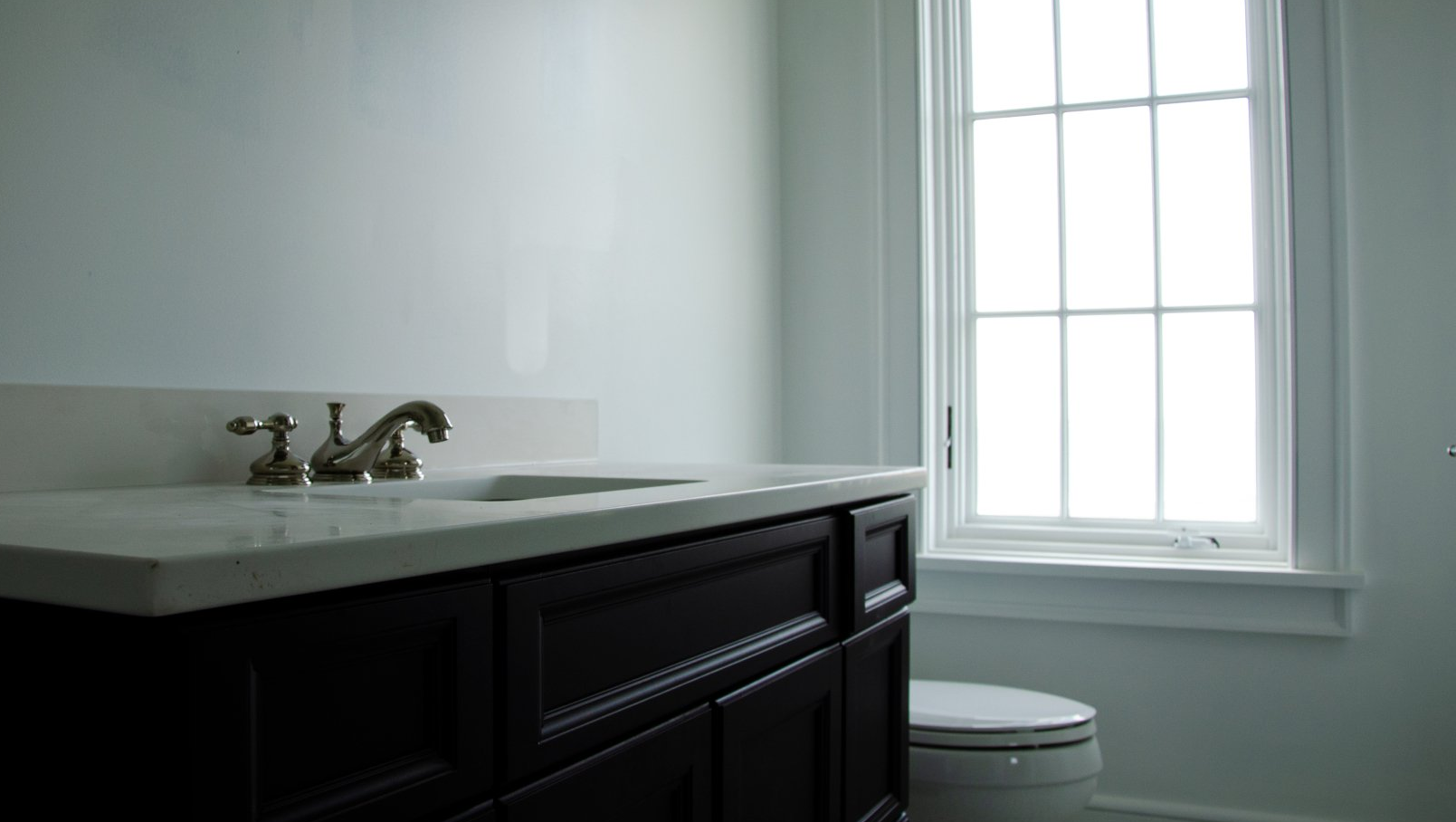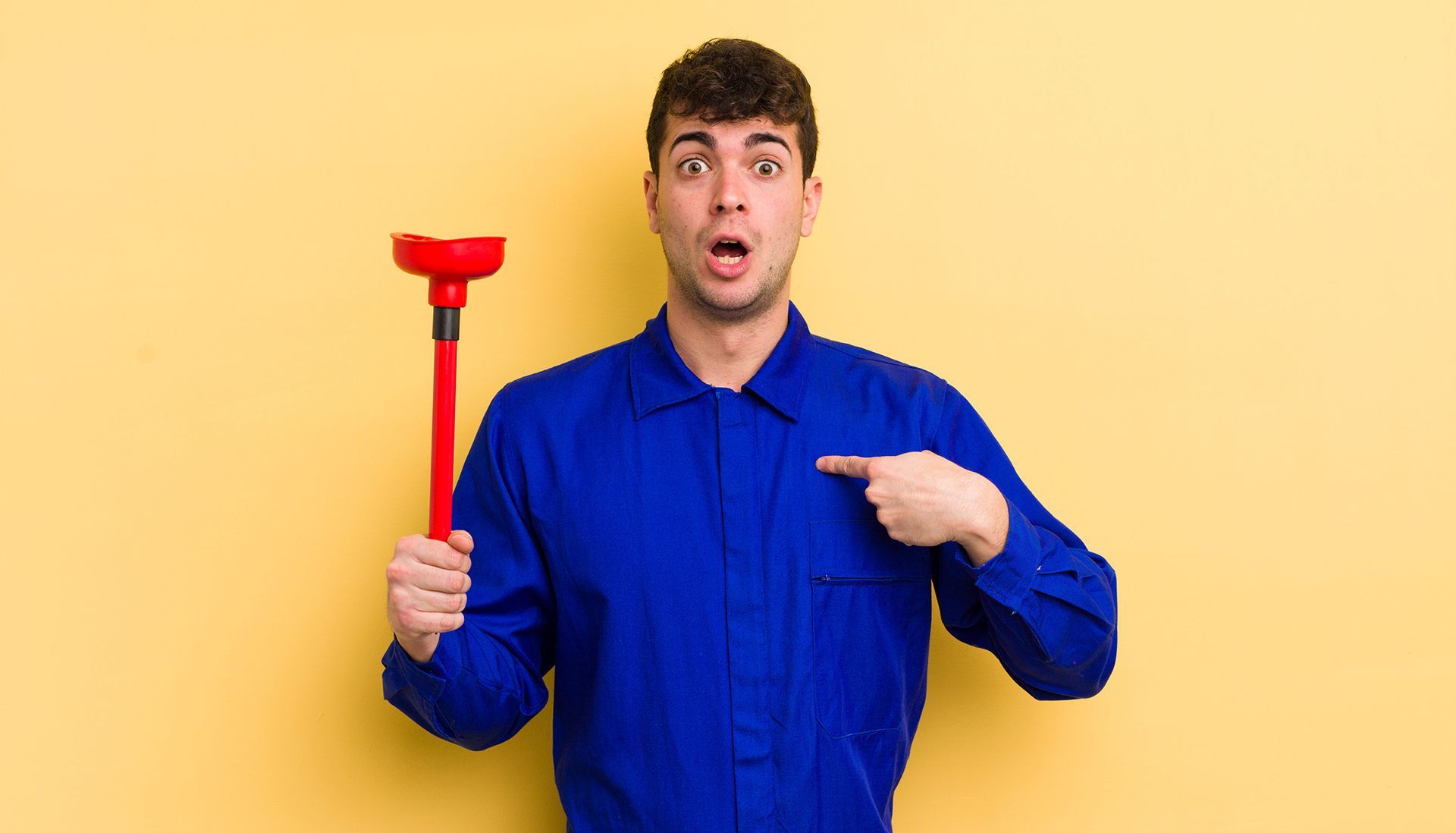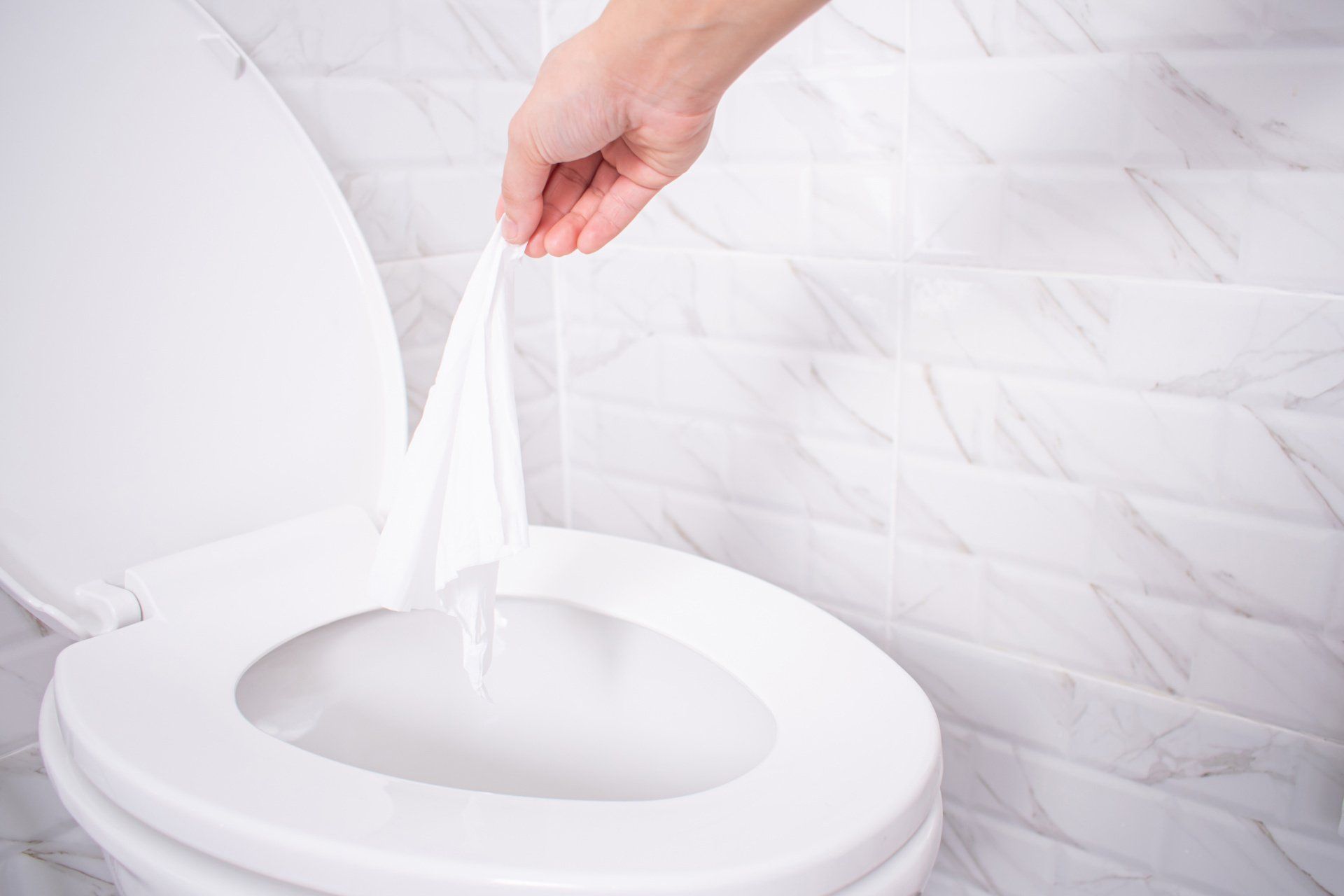Signs of a Sewage Backup
Sewage backups are most common during the rainy season. When a heavy rain storm occurs the shared sewage lines can become overwhelmed and backup. As a result of the water becoming backed up, it has nowhere to go and flows back to your home. The backup coming through your home's pipes can either be wastewater from rain or sewage backup that brings actual human waste. Sewage backup can be a danger to your household due to it being a biohazard and emitting physical and airborne contaminants into your living areas as well as vapors. There are several signs you may have a sewage backup. Continue reading to learn more about the signs so you can be prepared if you experience a sewage back.
Foul Odors
A bad smell is an early sign of a sewer issue. Smells to look out for are mold, sulfur, or even waste. Not all bad smells in the household equal sewer problem, but if you can’t find another source of the smell, it may be the sewage. If you suspect the odor is coming from your sewage it is a good idea to be proactive and have a professional come and look at it.
Slow Drains
If you suspect your drains are moving slowly and not at the rate that they should you may have a problem. Slow drains are another sign there may be sewer issues. Water draining slowly can be a sign that debris, materials, or other waste is building up in your sewer line. When this problem occurs many homeowners typically turn to chemical drain cleaners, but this is a bad decision. The harsh chemicals can cause more damage to your pipes and are generally ineffective.
Clogged or Overflowing Toilets
Toilets clogging are a common issue and is typically easy to fix with a plunger. A toilet getting clogged now and then doesn’t mean there is a sewage problem. However, if your household is experiencing clogged toilets consistently, this is a concern. A toilet that is getting backed up regularly is a sign there is a sewage backup and needs to be fixed by a plumber. Don’t try to force it down with flushing if the toilet is clogged, this could cause flooding. If it isn’t going down with a plunger leave it and call a plumber as soon as possible.
These are the three main signs you may have a sewage backup. Keep in mind, when in doubt
call a plumber. Don’t ignore the signs that you may have a problem, flooding and pipe bursts can happen if the issues are not addressed.
You might also like



